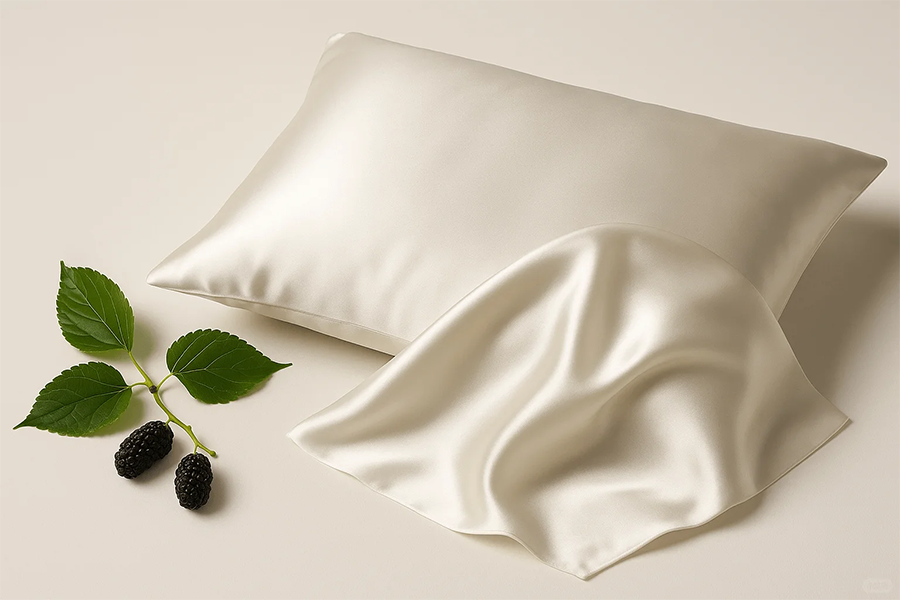Introduction – Why Your Pillow Matters
Did you know that your pillow can directly impact your breathing, snoring, and overall sleep quality? Many people overlook this, thinking pillows are just for comfort. The wrong height or material can restrict airflow, worsen nasal congestion, and trigger mild snoring. The right pillow supports open airways and helps you wake up refreshed.
💡 Tip: Check out our pillow height guide to find the ideal loft for your sleep position.
How Pillow Height Impacts Your Breathing
The loft (height) of your pillow determines the angle of your head and neck during sleep.
Too High or Too Low – Risks to Airflow
-
Too High: Pushes the chin toward the chest, narrowing the airway.
-
Too Low: Tilts the head backward, potentially restricting airflow.
💡 Slightly elevating your head can help improve sinus drainage and reduce nasal congestion.
Ideal Height for Different Sleep Positions
-
Side Sleepers: Medium-high pillows (4–6 inches) maintain spinal alignment and keep airways open.
-
Back Sleepers: Lower loft pillows prevent chin compression.
Best Pillow Materials for Clear Breathing
Different pillow fillings affect airflow and comfort.
Recommended Materials
-
Goose Down or Down-Alternative: Soft, moldable, and breathable. Conforms to the neck without pressure.
-
Memory Foam: Provides neck support; choose ventilated or cooling versions.
-
Latex: Hypoallergenic and supportive.
-
Buckwheat Hulls: Adjustable and breathable, perfect for customized loft.
Materials to Avoid
Old pillows with dust, allergens, or mold spores can worsen nighttime breathing problems.
How the Right Pillow Can Reduce Snoring & Nasal Congestion
-
Mild Snoring: Supportive pillows maintain proper head position to reduce partial airway obstruction.
-
Nasal Congestion: Slight head elevation improves mucus drainage.
-
Combination Sleepers: Adjustable pillows allow quick loft changes to maintain airflow.
Case Study
A 42-year-old male with mild snoring switched from a flat feather pillow to a medium-loft down pillow with proper neck support. Within a week, his partner reported a 40% reduction in snoring.
📌 Explore our supportive pillows designed to reduce snoring and improve breathing.
Research Insights
-
A 2017 study in the Journal of Sleep Research found that optimizing head and neck position with the right pillow loft improved airflow in participants with mild sleep-disordered breathing.
-
Hypoallergenic pillow materials can improve nasal airflow by up to 30% in sensitive individuals.
FAQs About Pillows and Breathing
Will an anti-snore pillow work better than a regular pillow?
Not necessarily. Many “anti-snore” pillows simply position your head at a certain angle. A well-chosen regular pillow with the right height and firmness can provide similar benefits.
How often should I replace my pillow?
Every 1–2 years, or sooner if it becomes lumpy, flat, or dusty.
Can a pillow completely stop snoring?
For mild, position-related snoring, yes. Chronic snoring or sleep apnea requires medical evaluation.
Conclusion & Call to Action
Your pillow isn’t just a comfort accessory — it’s a tool for better breathing and deeper sleep. Choosing the right height, material, and support can reduce snoring, improve airflow, and help you wake up refreshed.
👉 Shop our breathable, supportive pillows designed to improve nightly breathing and comfort →



